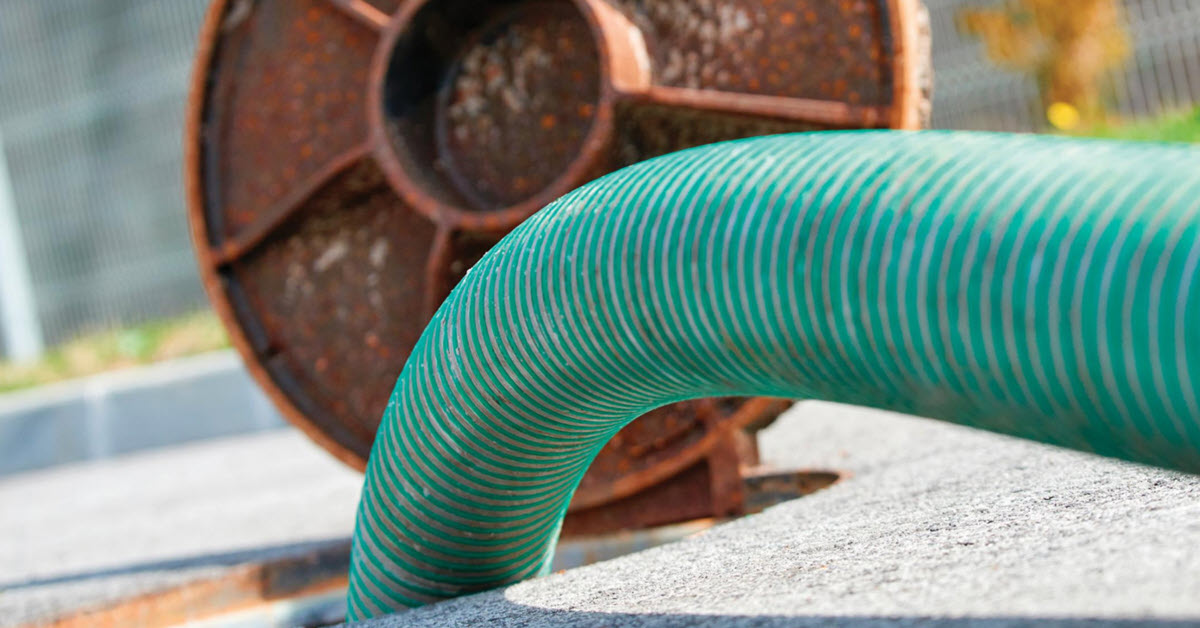UST services techs provide unfiltered advice that will save you money.
By Ben Thomas
As a UST owner and operator, I know that the long-term durability of underground storage tank (UST) systems is fundamentally dependent on the professionals who service them.
I’ve always paid close attention to what UST service technicians have to say. Back in the mid-1980s, when I was climbing into tank pits and watched leaking tanks get yanked out of the ground, I found myself learning a lot from technicians about what does and does not work at UST sites. Service techs are often correct about important fix-it things, largely because they have extensive field experience and practical troubleshooting skills. I’ve also found them to be very passionate about their skill set and vocation.
With today’s complex fueling systems, service techs are literally the ones who keep gas stations, fleet operations and emergency power generation systems running smoothly.
Recently, I asked my network of UST service providers around the country for some insight into what they think are the most important things UST owners and operators need to know. Here’s how 15 individuals responded.
At The Tank Pad
- Daily walkthrough. “Walk around the station once a day and just look at everything.”
- Correct fill lids. “Keep spill buckets properly color coded to prevent cross drops. We go to sites at times and it’s hard for us to figure out what’s what.”
- Watch that drain. “Using the drain valve is convenient to remove fuel and water, but this is very hard on drop tubes over time because of introducing moisture between the drop tube and riser. Then a simple compliance check fails because the drop tube is rusted shut.”
- E-stop. “Know your emergency stop locations. Knowing how to reset tripped is a big one.”
- No sticks in the fill pipe. “Always look in your fills to see if the drop tube is completely clear of any tank sticks and that no damage is present.”
In The Back Room
- Don’t block the tank gauge. “Keeping electrical panels and ATG’s accessible for us to help in the event of a repair really does save time. When we have to move an entire backroom worth of products, that adds to time on-site, which the customer is paying for.”
- Act on alarms. “Address sump sensor alarms immediately. If I had a nickel for every time I checked the alarm history to find out it’s been going on for months, I’d be a very wealthy man.”
- Know your ATG location. “Make sure the tank monitor is not installed where no one can see or hear it. Don’t ignore it. Use it, but still stick those tanks regularly.”
- L [liquid sensor], T [tank] and Q [PLDD] alarms. “Know what L alarms are on Veeder Root, and where that sensor might be, and what T and Q alarms are.”
General Operations
- Fill your tank. “Don’t run the tank low, unless you enjoy buying motors.”
- Know your store. “THIS IS SERIOUS BUSINESS. Operating a fuel system is nothing to take lightly. Familiarize yourself with the fueling equipment so you don’t have to call me out to push a reset button.”
- Train. “Train your clerks on the system with C training. Train A and B operators on the components and their location.”
- Watch for rust. “Take corrosion seriously.”
- Beware of shop vacs. “A shop vacuum is not how you remove liquid from a sump or spill bucket.”
- Good service tips. “Have underground equipment anti-corrosion treated. Keep sumps dry, create an SOP for regular sump inspections and spray everything down with WD-40 during inspection. Make sure junction boxes have been serviced properly and keep the seals fresh.”
Sumps, Sumps, Sumps
- Keep them tight. “If there is a submersible turbine or dispenser sump that is constantly having to be pumped out, ask why? Replacement of entry boots, lid gaskets and the like will probably be cheaper than constantly calling to have it pumped because it’s setting off the sump sensor.”
- Keep them dry. “Keep your sumps clean of water or product and do a pump test daily to see if everything is still flowing properly.”
- Remove water ASAP. “Don’t put off calling to have water removed from sumps. Invest the money in replacing bad sump lids and seals. Leaving liquid in a sump allows it to fill conduit runs, infiltrate seal packs and cause further damage down the line.”
- Be very careful with sump lids. “Make sure all your sump lids have handles and/or ways where hands do not need to be used to remove the lid. The lack of this is why I am a partial amputee.”
By paying attention to these field experts, you can save time, money and aggravation while preventing leaks. I’ll add, not all service providers are created equal. I’ve enjoyed knowing many service providers over the years who have a high level of expertise and a commitment to quality. However, if you suspect your service provider is providing substandard work, shop around and get referrals from other UST operators.
 Ben Thomas is the president of UST Training. He has over three decades of UST industry experience, with networking and ideas to help owners and inspectors solve complex technical problems in the management of UST systems. Contact him at [email protected].
Ben Thomas is the president of UST Training. He has over three decades of UST industry experience, with networking and ideas to help owners and inspectors solve complex technical problems in the management of UST systems. Contact him at [email protected].







